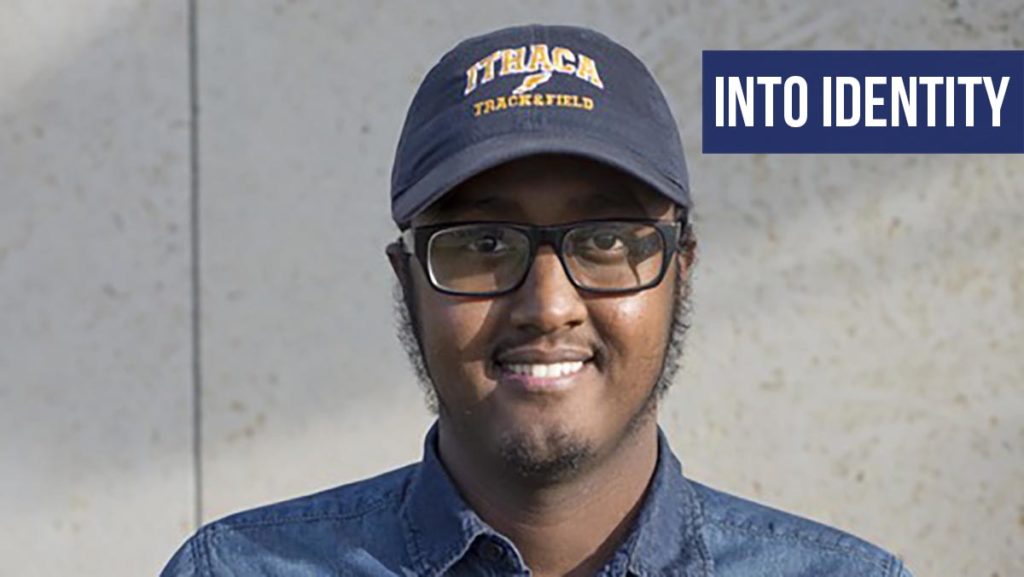Halloween is a holiday I’ve always enjoyed. Not just because of the candy, but I like seeing the creative and very well thought out costumes people put so much time and effort into making.
With Halloween just behind us, you probably heard the term “cultural appropriation” at least once. If you’re not familiar with the term, the Concise Oxford Companion to English Literature defines cultural appropriation as the “taking over of creative forms, themes or practices by one cultural group from another” and is generally “used to describe Western appropriations of non-Western or non-white forms, and carries connotations of exploitation and dominance.” In short, it’s absorbing things such as ideas, practices and dress from a particular culture and incorporating them into your own culture.
Why does cultural appropriation pertain to Halloween? Because oftentimes, we see people dressed up as Native Americans or other racial and ethnic groups, and dressing up as a racial or ethnic group devalues them as a whole. They usually feel exploited, like their culture is a plaything or something exotic to marvel at.
If you walk into a store like Party City or any seasonal Halloween warehouse, you’ll find an array of questionable costumes. In its online catalog, Party City has an international costumes tab, which is just as stereotypical as you’d think it would be. Take the “pleasing geisha” costume, for example. The female model, who is clearly not of East Asian descent, is wearing what is supposed to be a kimono, which comes maybe halfway down her thighs, and has a corset abdominal piece. The model is also wearing thigh-high tights, platform shoes and carrying a riding crop.
A simple dictionary search for “geisha” would tell you that a geisha is a traditional Japanese woman who is trained to entertain men with song, dance and conversation. These women go through apprenticeships and are trained professionals in a number of performing arts. The Halloween costume industry, and Hollywood, has exploited the profession and turned it into a highly sexualized and racially charged costume for anyone to don. Its display and marketing allow consumers to assume that geishas represent all East Asian cultures, which is clearly not the case. This can apply to any racial or ethnic group that has been turned into a costume.
I will leave you with my two cents: The next time Halloween or any costume party rolls around, put down that “Indian chief” costume, or tell your friends to do so if they’re considering a costume along those lines. Because my culture is not a costume — no culture is.





